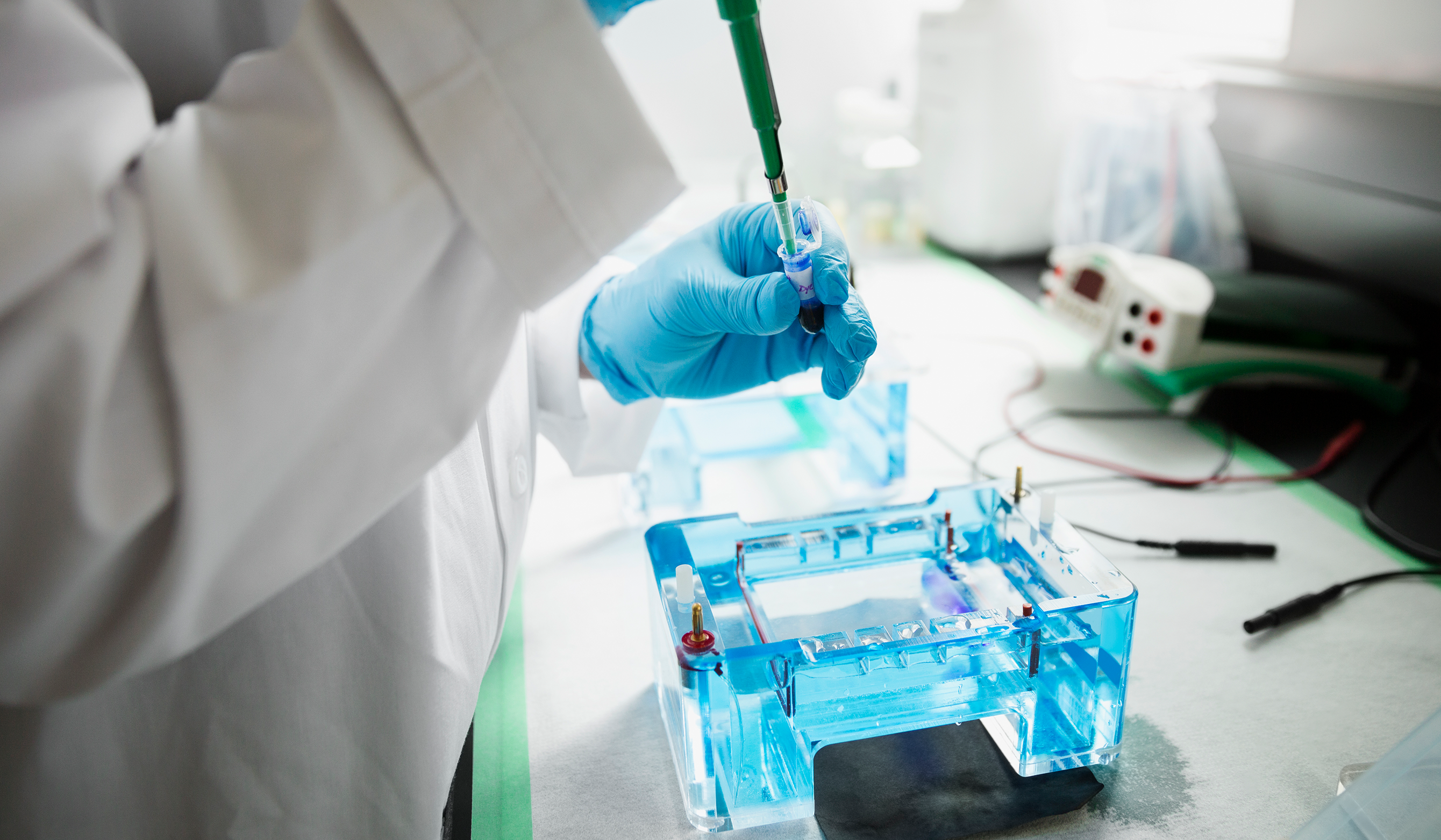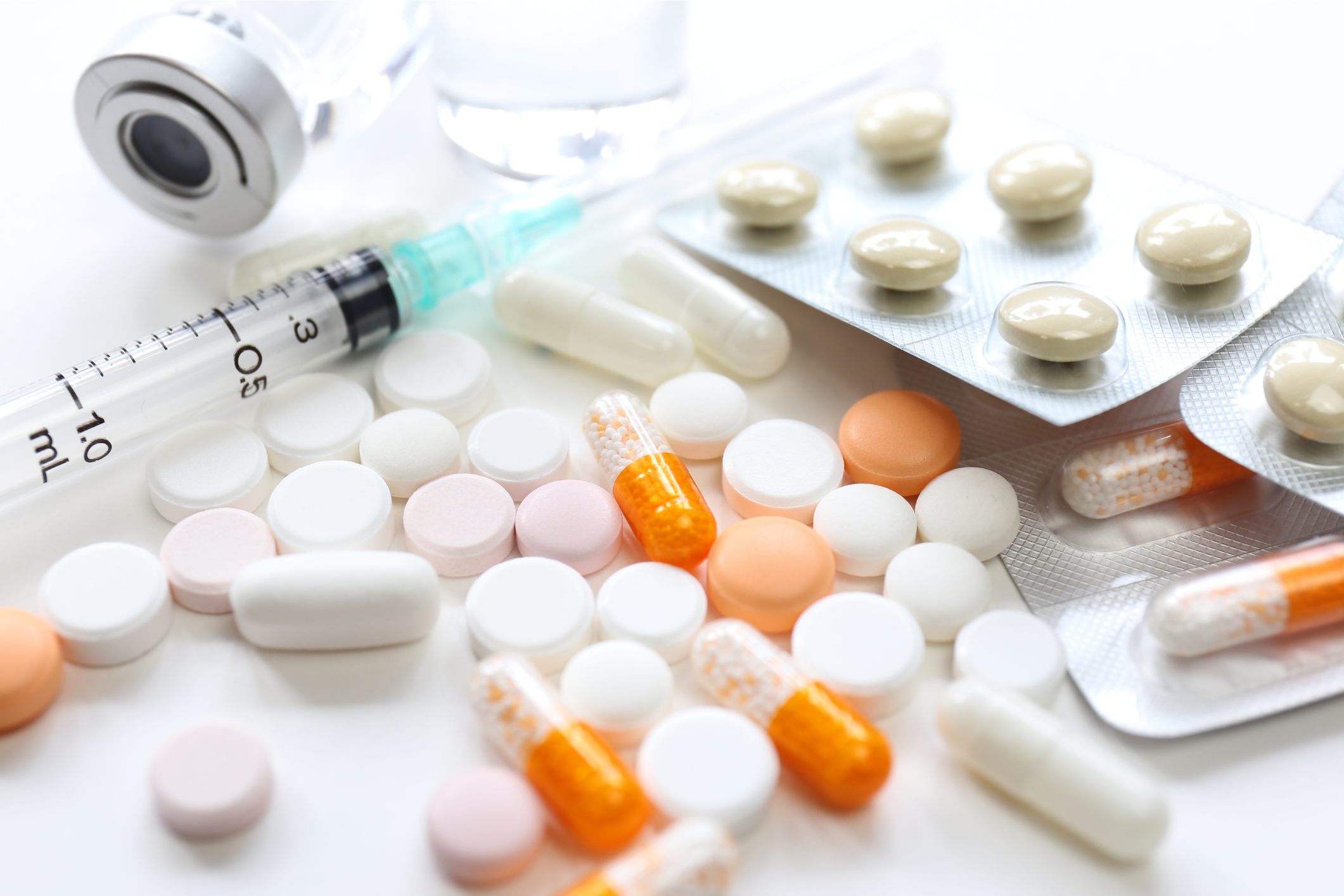IVF is often recommended for patients who have failed to conceive following several cycles of ovarian stimulation, with or without insemination. IVF is also advised in patients with very poor sperm quality, advanced maternal age, recurrent miscarriage, blocked fallopian tubes, severe endometriosis, or poor ovarian reserve. For those couples who require an egg donor, IVF is the only option to help them conceive. Couples who carry a genetic disorder and wish to screen their embryos (through preimplantation genetic diagnosis, PGT-M) will also require IVF.
While IVF is not always the first step in treatment for many couples, it is a highly effective approach that fertility specialists use when less aggressive options do not yield success. Ongoing pregnancy rates with IVF range from 30-60% per cycle in individuals under 38 years, as compared to 5-15% per cycle with IUI, depending on the findings.
An IVF cycle usually requires roughly three weeks to complete. During that time, the female takes injectable medications to stimulate the ovaries, then undergoes an egg retrieval. The male partner, or donor, then provides a sperm sample and both the eggs and sperm are processed and evaluated in the lab. Next, eggs are fertilized via injection of sperm directly into the egg , or undergo natural fertilization by mixing sperm with eggs in a petri dish. The final step is the transfer of the embryo(s) into the uterus.
We’d like to take you through the entire process, step by step, so you know what to expect.
- Stimulate Egg Growth: The woman begins taking injectable medications to stimulate the growth and maturation of her eggs. The injections are just beneath the skin (subcutaneous) and recommended in an area of the body with fat, such as the stomach or the top of the thigh. The medication is typically taken for 8-12 days based on how the ovaries respond.
- Ultrasound & Blood Monitoring: While on injectable medication, brief ultrasound appointments are needed every 1-3 days to monitor the ovaries and egg development. Blood tests are also completed to assess hormone levels related to egg growth and ovarian function. Through this testing and monitoring, we ensure everything is progressing in a controlled way.
- Egg Retrieval: Once the egg development in the ovaries has reached optimal levels, an egg retrieval is completed. The procedure is 15 minutes and requires intravenous sedation. During the procedure the ovarian follicles, which contain the eggs, are aspirated (drawn) into a needle that is guided by ultrasonography and submitted to the embryologist for identification and processing. Women can expect to take the day off work and often feel bloated or experience minor cramping and spotting afterward.
- Sperm Sample Processing: The male partner provides a sperm sample or a donor sperm sample is thawed, then processed by the laboratory. During preparation, the sperm sample is “washed” to remove debris, immobile sperm and the seminal fluid, then the sperm cells are highly concentrated into a small volume.
- Fertilization: Embryologists draw one sperm into a thin pipette, then inject the sperm into an egg in a process that is commonly known as ICSI, or intracytoplasmic sperm injection. The ICSI process is repeated for each egg with the assistance of a special microscope. Fertilized eggs are then placed in culture media inside a petri dish and incubated for 3-5 days to grow. For couples who are candidates for natural fertilization, eggs and sperm are placed in a petri dish to fertilize on their own. The fertilization rates using ICSI and natural fertilization are 70-80% in most cases.
- Incubation & Evaluation: During incubation, fertilized eggs are regularly monitored to ensure the best quality embryos are selected for transfer. Fertilized eggs are incubated for 3-5 days, during which time the cells multiply rapidly. Embryos are evaluated on a grading scale that includes the number of cells, their uniformity, and how developed the embryo looks. Top quality embryos that have reached the blastocyst stage on day five have an excellent chance of implantation and pregnancy. Embryos are sometimes transferred on day three based on their development and the number of embryos available. For certain types of cases, particularly when embryo quality or development has been poor, we may use a specialized incubator known as an Embryoscope to capture a time-lapse video of the early stages of growth and provide a very controlled environment for embryo development. The medical team monitors and evaluates embryo growth based on the footage and can further assess the viability and chances of success for implantation.
- Embryo Transfer Procedure: The day of your transfer, the embryos are evaluated again by a team of embryologists and your reproductive endocrinologist. A healthy embryo is selected and the remaining embryos can be cryopreserved (frozen) for future use. During the procedure, a woman lies on an exam table just like a routine pelvic exam. An embryo is transferred to the uterus through a thin, long, flexible catheter under ultrasound guidance. The entire process is virtually painless and takes just a few minutes to complete. Getting up shortly after the procedure will not impact chances of pregnancy.
- Follow-Up: A week after embryo transfer, a progesterone level is sometimes tested. For most patients, additional hormone support (such as progesterone and estrogen) is used to help prepare and maintain the uterine lining for pregnancy.
Additional Testing: About two weeks after embryo transfer, follow up blood testing determines if pregnancy has resulted.
Sorry, no medical team available right now!







